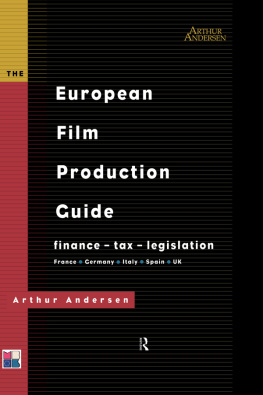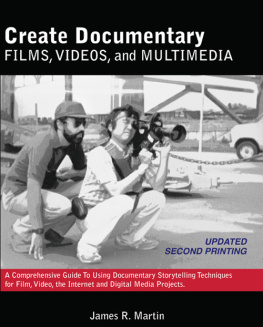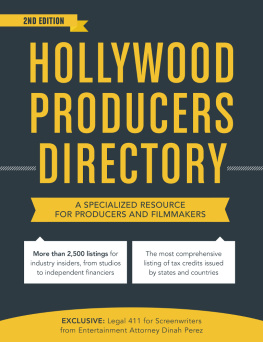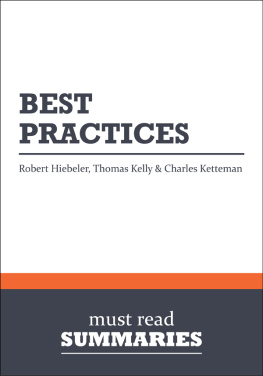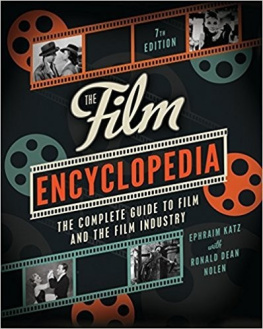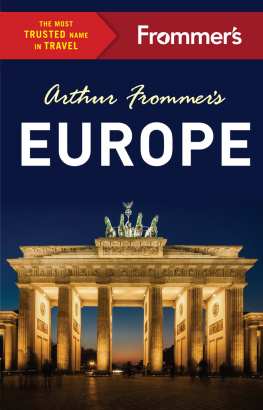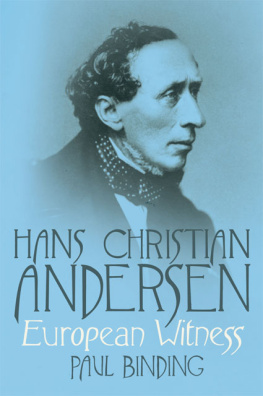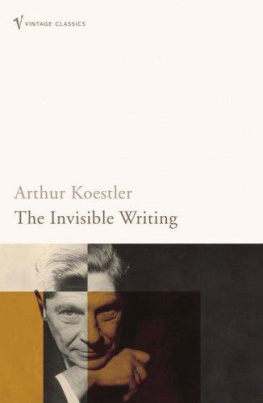The European Film Production Guide
The European Film Production Guide sets out in one comprehensive volume the major economic, financial and business considerations which independent producers need to bear in mind when making films in or with other countries within Europe. A key feature of the guide is its practical structure, which follows the chronology of the production of a film, from the films concept and the formation of a production company to its final distribution strategies.
The information is set out in chart and checklist format for easy reference, providing immediate answers to specific questions. Peculiarities unique to each country are summarized. This arrangement allows for easy reference by the stage of a film or by a particular country, and also allows for easy comparison between countries.
The European Film Production Guide is a complete management resource for film production in Europe. It will be essential reading for film and television professionals.
Arthur Andersen y Cia S.R.C. is an international firm of auditors, business consultants and tax advisors which is wholly owned by Spanish professionals. It is also a member of the Arthur Andersen Worldwide Organisation.
The Media Business School is the primary training, research and development arm of the MEDIA programme of the European Union. The MBS operates through the establishment of training and development structures, the organization of seminar cycles and the publication of reports which are designed to enable European professionals to take advantage of the Single European Market. The MBS co-finances the activities of the TV Business School, the Film Business School, the nipkow programme, pilots and ace. It finances research, including reports, Think Tanks, ad hoc conferences and the activities of the Researchers Club. In addition, it provides services, especially in the form of the publications of its Publishing Division.
The European Film Production Guide
Finance Tax Legislation
Arthur Andersen
First published 1996
by Routledge
2 Park Square, Milton Park, Abingdon, Oxon, OX14 4RN
Simultaneously published in the USA and Canada
by Routledge
270 Madison Ave, New York NY 10016
Transferred to Digital Printing 2006
1996 Arthur Andersen
All rights reserved. No part of this book may be reprinted or reproduced or utilized in any form or by any electronic, mechanical, or other means, now known or hereafter invented, including photocopying and recording, or in any information storage or retrieval system, without permission in writing from the publishers.
British Library Cataloguing in Publication Data
A catalogue record for this book is available from the British Library
Library of Congress Cataloguing in Publication Data
A catalogue record for this book has been requested
ISBN 0415136652
Publishers Note
The publisher has gone to great lengths to ensure the quality of this reprint but points out that some imperfections in the original may be apparent
Ever since the inauguration of the Media Business School, Arthur Andersen, and in particular its specialist Media Industry Group, have been closely involved in MBS activities. Inevitably, our participation has been greatest in those areas concerned with finance, business organisation, tax and commercial matters.
In mid-1992 I was one of the speakers at an MBS seminar; the background documentation for my speech included an outline for a comfm-noindenttive study of the main incentives for audiovisual production in the countries of Europe and North America where the industry is most firmly rooted. There was an over-whelming demand for copies of the documentation from seminar participants and, subsequently, for further distribution. In view of the interest shown we suggested to the MBS that publication of an expanded version of the text would give readers detailed information on the main features of the film industry in different countries. Our suggestion was accepted and approved by the MBS Executive Committee and we began work on the project.
From the outset the Reference Book project was a challenge for Arthur Andersen because of the evident impact it would have on the European audiovisual industry. We were also well aware that such a product would present innumerable difficulties because of the fragmentation of the industry in Europe, particularly with regard to the legal, tax, employment and financial systems.
The purpose and objectives of the book were clear: to provide European film producers with as much information as possible in one single publication on the economic, financial and business aspects of the audiovisual industry. At the same time the project, under the aegis of the EUs Media Programme, was intended to foster intercommunication among all the players in the industry in Europe and thus serve as a modest contribution to the task of structuring an industry with more than just a national or local perspective and would be a step on the way to creating a genuine European audiovisual market.
Carrying out such a project needed a team of professionals well versed in European audiovisual matters, who could adapt to a uniform modus operandi. In other words, it would not be enough just to have the best experts in each subject; what we needed was a group of professionals with a sound knowledge of the industry, accustomed to working to a set formula and with proven channels of communication to ensure a consistent approach in developing the project. Arthur Andersen met all these requisites: it is a one firm European organisation, with uniform working practices and procedures throughout Europe and with vast experience in providing legal, tax and financial counselling and advisory services to topline European audiovisual companies. However, in view of the large number of people (more than 20 finally) involved in gathering data and the consequent potential risk of some lack of uniformity, a core group of professionals was formed in our Madrid office. And here, special mention must be made of the valuable assistance we received from all members of the MBS who revised the text and made suggestions as to the content and format of the reference book.
This first edition covers only the five European countries with the biggest audiovisual industries: France, Germany, Italy, Spain and the United Kingdom. The other EU countries will be included in the second edition, and other European countries will be added in subsequent editions. One difficulty we had to face was to keep pace with new information. In Europe, laws governing audiovisual production and financing are constantly being revised. To safeguard against the possibility of a book reissue within a short period of time, we decided to adopt a loose-leaf binder format so that updated material, as well as new information from other countries, may be inserted from time to time.
The Reference Book is eminently practical, and we believe it contains all the basic information that producers would normally need. The contents are arranged in sequence in line with the process of forming a production company and of setting an audiovisual project in motion. The four main sections are subdivided as follows: formation and start-up of an audiovisual company; start-up of an audiovisual project (contracts and acquisition of rights); sources of financing in Europe and distribution areas. Each chapter provides an introduction to the various aspects relating to its content, and a list of the main participants in the industry that have an impact on the subject matter: agencies, organisations providing funds, banks, television companies, and so forth.

